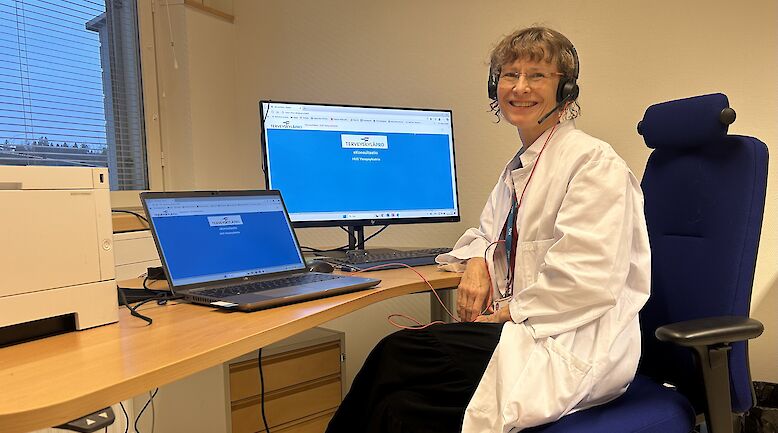English summary: THE LENE-METHOD IN PREDICTING LEARNING DIFFICULTIES DURING THE FIRST YEAR OF SCHOOL

Background
Developmental delays/problems in children are wide-ranging and complex. However, they can, at least in part, be predicted by means of the "Lene" test. Most developmental problems are overlapping and cumulative from an early age on. It is imperative to recognise severe developmental delays in children by clinical screening.
Methods
Health care nurses used the Lene test to screen development in children aged 4 (n=434), 5 (n=412) and 6 years (n=394). Screening was continued until the second semester of the first year in school when the teachers completed a detailed questionnaire about the children's (n=283) performance.
Results
The Lene-test found development in children to be normal in 57-65% and significantly delayed in 8.8-14% of cases, depending on the age group (4-, 5- and 6-year-olds). 72% of the children who were classed as normal at the age of 4 completed the first year of school without problems whereas 15% of these children exhibited significant problems. 68% of the children diagnosed as having significant delays at the age of 4 encountered significant problems during the first year of school and 18% had mild problems. It was more difficult to predict performance during the first year in the mild-delay group.
Conclusions
The Lene-test appears to have diagnostic validity when predicting significant learning difficulties or continued near-to-normal development during the first year of school. In order to obtain a comprehensive understanding of a child's development, observations made by the parents and the day care staff should be taken into consideration and used in conjunction with the Lene-test.












